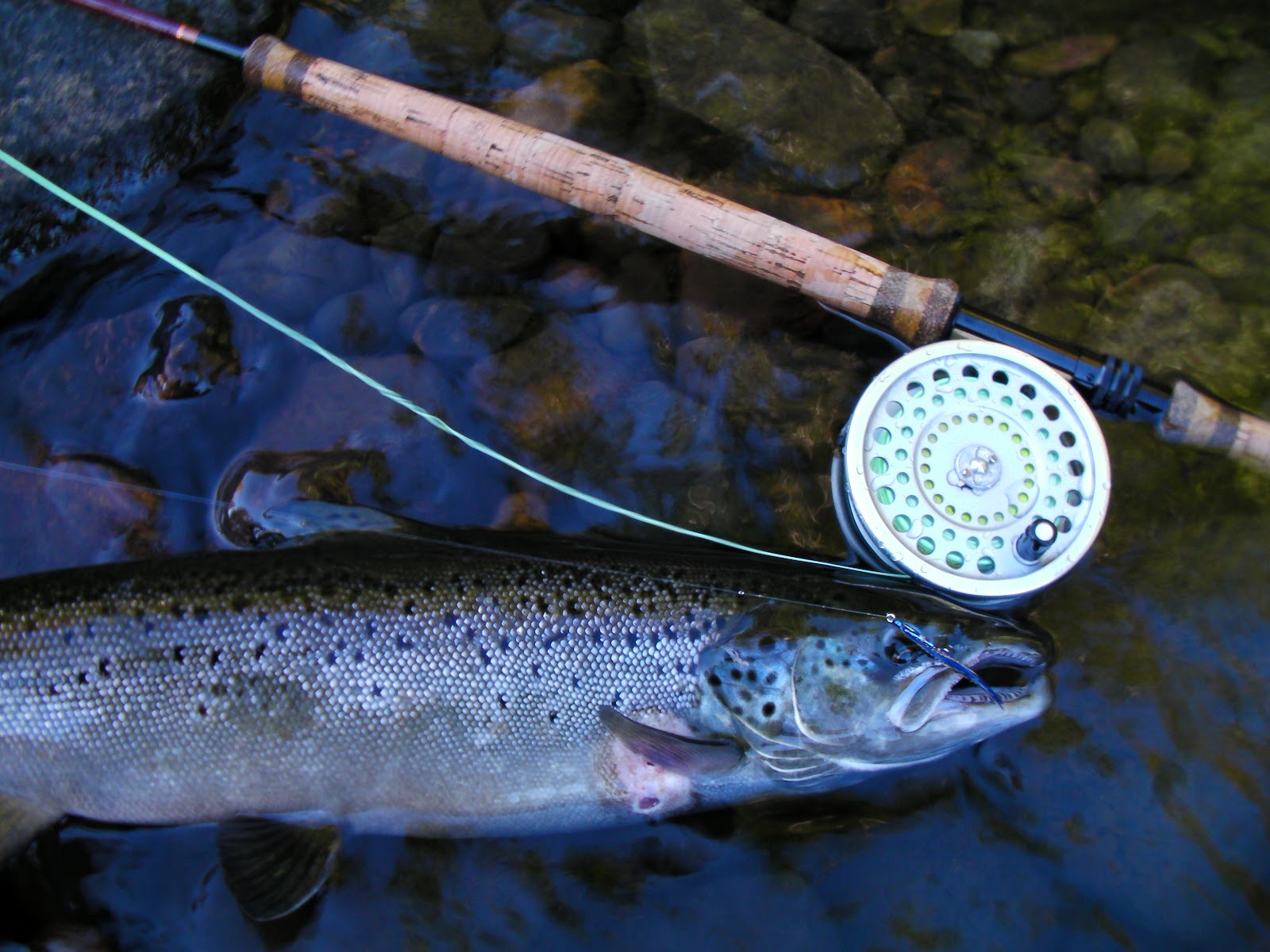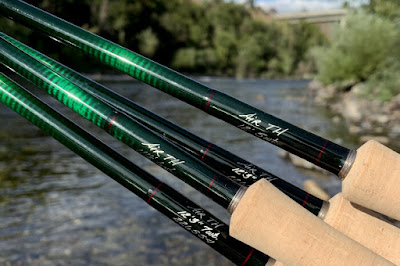Scientific Anglers TC Skagit Lines Review
Skagit lines have come a long way in design and efficiency since they were first commercially available. The older, shorter and fatter "beer can" floating level lines made turning over heavy sink tips and large flies easy and they’ve caught a lot of fish since, but they lacked the smoothness and aesthetic of a well cast, tapered spey line.
Scientific Anglers has redesigned and improved their Skagit head series from the level lines of past to new, fully tapered heads.
Compared to the level lines, tapered ones are more efficient in driving and holding a loop through the air before rolling out for maximum distance.
I tested both of Scientific Anglers’ new Skagit heads. The Floating head and Intermediate head paired well with SA's Third Coast Textured Spey Tips, the industry’s first fully tapered, fully textured, double-density sinking tips.
The lines were tested on a recent late fall steelhead outing. Air and water temps were hovering a few degrees above freezing, so a low and slow presentation was necessary to induce a strike from the hunkered down steelies. This is where the SA Skagit Intermediate really proves it's worth. Tipped with SA's multi density TC Textured sinking tips, the Intermediate Skagit really digs down deep through the erratic surface currents and gives you the control needed to slow down or speed up your swing. I would switch to the Floating Skagit Head and lighter TC Tips in the tailouts and slower, shallow pools to increase swing speed and avoid getting hung up on bottom.
Front and rear welded loops allow for quick tip changes to address various pools, depths and current speeds.
I also liked the color schemes of these lines: the moss green color on the Intermediate Skagit head and the sky blue color on the Floating Skagit head is a stealthy combination for when rivers run clear and fish are spooky.
Skagit Floating heads are available in weights from 420 GR to 600 GR and in lengths from 21' to 23.5'. Skagit Intermediate heads are available in weights from 420 GR to 600 GR and in lengths of 20' to 22.5'.
Each head has a printed line identification marking and a high contrast sighter at the rear of the head which identifies where the overhang off the rod tip should be placed.
Overall, both Skagit heads fished great and I had control of where I wanted my fly and how fast I wanted it to swim. Paired with the variety of lengths and densities of the TC tips available, they put my fly down deep where the fish were and I was lucky enough to connect to a beautifully spotted steelhead!
A low and slow presentation in cold water was necessary to tempt this late fall steelhead.
The lines allow for powerful and smooth casting: I was able to consistently fire off lasers when my casting stroke and rhythm where properly dialed in. The tapered Skagit heads and tapered TC Textured Tips gave me tight loops and the extra distance when I needed it while turning over my heavy flies. They also produce a softer landing without the clunky splashes of older Skagit systems.
Both the Floating and the Intermediate heads (looped to the multi density TC Textured tips) were easy to lift off the water and into any style of spey cast.
The TC Textured Tips come in a variety of sink rates, densities, and lengths.
Each features a laser printed line identification marking of length, grain weight, and density:
Float
Int./Sink 2 = 1.25/2.0 ips
Sink 2/Sink 4 = 2.0/4.0 ips
Sink 3/Sink 5 = 3.0/5.0 ips
Float/Sink 6 = F/6.0 ips
Sink 7 = 7.0 ips
Available in 8′ 80 grains, 10’ 120 grains, and 12’ 160 grains
Here's a video of the SA Skagit Intermediate and TC tips in action....
Checkout this review and more @....






Comments
Post a Comment